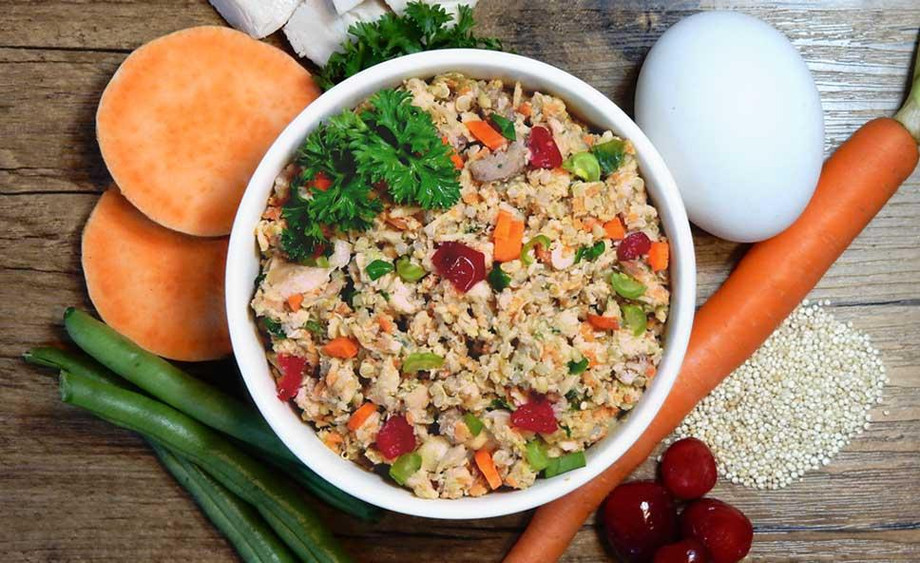In recent years, many pet owners have reconsidered their dogs' diets, opting for fresh and raw food alternatives that mirror a canine’s natural diet. This movement towards minimally processed, whole-food ingredients signifies a shift from traditional kibble and canned dog food, aiming to enhance canine health through better nutrition. This article explores the advantages and important considerations of fresh and raw dog food.
1. What is Fresh and Raw Dog Food?
Fresh and raw dog food involves providing dogs with unprocessed, whole-food ingredients. Commonly included are raw meats, bones, organs, and a variety of vegetables and fruits. This diet is based on the idea that such foods are more aligned with what dogs would naturally eat in the wild.
2. Nutritional Benefits
Enhanced Digestibility: Proponents of raw dog food claim that the natural enzymes in raw meat aid digestion, potentially alleviating issues like bloating and gas.
Improved Skin and Coat Health: Omega-3 fatty acids from raw ingredients like fish can lead to a shinier coat and healthier skin.
Better Dental Health: Chewing raw bones can naturally clean teeth, reducing the risk of periodontal diseases.
Weight Management: Fresh and raw diets, often high in protein and low in carbohydrates, may help manage dogs' weight more effectively.
3. Potential Challenges and Considerations
Bacterial Contamination: Raw meat can harbor harmful bacteria such as Salmonella and E. coli, posing risks to both dogs and humans. Proper hygiene is essential.
Nutritional Balance: Ensuring a balanced raw diet can be challenging. Without careful planning, dogs might miss essential nutrients.
Cost and Accessibility: Fresh and raw ingredients can be more expensive and harder to find compared to traditional dog food.
4. Safely Transitioning to a Raw Diet
A gradual transition is key when switching to a raw diet to avoid digestive issues. Start by mixing small amounts of raw food with the regular diet, gradually increasing the raw portion over several weeks.
5. Commercial Raw Diets vs. Homemade Meals
Pet owners have two main options for raw feeding:
Commercial Raw Diets: These pre-packaged meals are convenient and nutritionally balanced but can be costly.
Homemade Meals: Preparing raw meals at home allows control over ingredients but requires extensive research to ensure a balanced diet.
6. Consulting with Veterinarians
Consulting a veterinarian before transitioning to a raw diet is crucial. They can provide tailored advice based on your dog's breed, age, health, and dietary needs. Regular check-ups are necessary to monitor your dog's health and adjust the diet as needed.
7. The Pet Food Industry’s Evolution
The rise of fresh and raw dog food has influenced the pet food industry significantly. Many established brands and newcomers now offer raw options, reflecting the growing demand for natural and minimally processed pet foods.
8. Conclusion: Informed and Responsible Pet Ownership
While fresh and raw dog food offers promising benefits, it requires careful consideration. Thorough research, veterinary consultation, and safe handling practices are essential. Responsible pet ownership means making informed decisions that prioritize your dog's health and well-being. Whether you choose fresh, raw, or traditional options, ensure your dog’s diet is balanced and nutritionally complete.
To explore high-quality, natural dog food options, visit The Healthy Barker. Your furry friend deserves the best!

